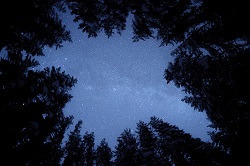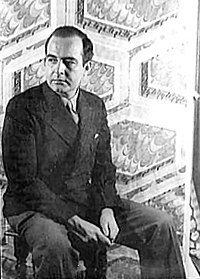 The poem by James Agee has inspired several composers to set it to music. In this post I discuss two of the versions, but first I have to talk about the text itself.
The poem by James Agee has inspired several composers to set it to music. In this post I discuss two of the versions, but first I have to talk about the text itself.
WARNING: INTENSE LITERARY ANALYSIS FOLLOWS!
Here’s the rather puzzling text:
 The poem by James Agee has inspired several composers to set it to music. In this post I discuss two of the versions, but first I have to talk about the text itself.
The poem by James Agee has inspired several composers to set it to music. In this post I discuss two of the versions, but first I have to talk about the text itself.
WARNING: INTENSE LITERARY ANALYSIS FOLLOWS!
Here’s the rather puzzling text:

Has the thought ever occurred to you that the author/composer/performer of a famous work has a life that’s totally separate from that work? It’s one of those obvious-but-overlooked kind of things. For example, I remember wondering about the life of Sir John Tavener back when my choir sang “The Lamb” for a Christmas concert. He had said about that piece, “‘The Lamb’ came to me fully grown and was written in an afternoon and dedicated to my nephew Simon for his 3rd birthday.” The piece became extremely popular, so much so that there are probably many people who automatically associate Tavener with this piece when they hear his name, just as they associate Beethoven with “dah-dah-dah-DAH.” (Well, Beethoven’s Fifth may be a little more well known.) Or Handel with “The Hallelujah Chorus.” I was particularly struck with the Tavener story because he spent so little time actually writing the piece (if he’s telling the truth, and I assume he is). One afternoon’s effort changed his life, forever associating him with that piece.